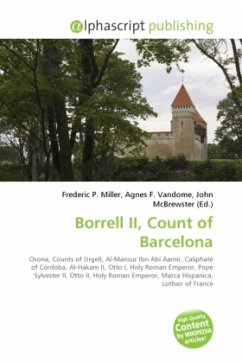High Quality Content by WIKIPEDIA articles! Conrad of Hohenstaufen (c. 1135 8 November 1195) was the first hereditary Count Palatine of the Rhine. His parents were Frederick II of Swabia (1090 1147), Duke of Swabia, and his second wife Agnes of Saarbrücken. Young Conrad, the only half-brother of Frederick Barbarossa, received the family's possessions around Franconia and Rhineland, particularly those of his mother's ancestry. In 1156 on the occasion of the Reichstag at Worms, Emperor Frederick Barbarossa conferred upon his half-brother the dignity of Pfalzgraf (Count Palatine, of the Rhine), as well as the Vogtei of Schönau Abbey and of the chapter of Worms Cathedral, besides the Staufen family estates in the regions of Speyer and Worms. From about 1160 Conrad was married to Irmingard of Henneberg (d. 1197) as his second wife, daughter of Count Bertold I of Henneberg, Burggraf of Würzburg. This brought him the possession of the Vogtei of Lorsch Abbey. His endeavours to extend hisarea of influence brought him into conflict with the Bishops of Trier and Cologne. Conrad and both his wives were buried in Schönau Abbey near Heidelberg.
Bitte wählen Sie Ihr Anliegen aus.
Rechnungen
Retourenschein anfordern
Bestellstatus
Storno








